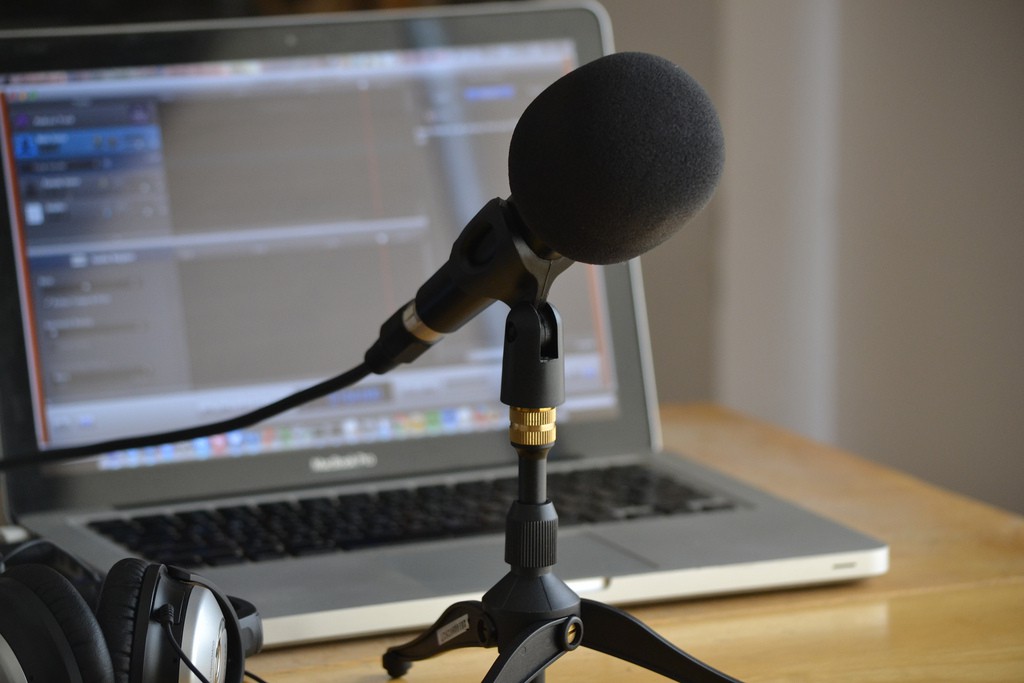The COVID-19 pandemic resulted in many people taking up podcasting for the first time while existing podcasters found themselves having to rethink their methods of recording in the absence of face-to-face interaction.
Remote recording has always been a great way of interviewing people who might not live anywhere near you, even before the pandemic (not to mention the fact that you may be working from a home studio on a tight budget), but it has arguably become a much more widespread practice over the past two years. It undoubtedly has its challenges, but recording remotely doesn’t mean you have to sacrifice audio quality. Assuming you already have the ideal setup on your end (if not, there are some great tips to be found in other SoundGirls contributors’ blogs), here are some ways you can get the most out of your guests, no matter where they may be in the world.
Equipment checklist
Ideally, your guest should have a good-quality microphone. There are plenty of affordable USB mics on the market which will do the job, but if they’ve never been on a podcast before, you may be limited to their built-in computer mic (as an editor, I’ve found that some of these can be surprisingly good). Headsets, on the other hand, can be quite hit-and-miss. Some sound great while others sound no better than a phone line, and I’ve had many an editing nightmare as far as plosives are concerned. Always check things out with the guest beforehand; you don’t want to hit ‘record’ only to find that the quality is terrible and you don’t have any other options. You should also make sure they’re using headphones or earbuds at all times.
Eliminate background noise
Just as important as the equipment your guest uses is the environment they record in. Unless you’re fortunate and they have a studio of their own, you’re probably not going to get flawless acoustics. But you can (and should) make sure they’re in a quiet room with no distractions as far as possible. Home life can be chaotic, of course; this can sometimes spill over into a recording despite our best efforts. The dog barks for attention, the kids forget that you asked them to be quiet, and your neighbor decides to start mowing their lawn outside. Fortunately, these can all be edited out if they don’t last very long and parts can be re-recorded. But try to make sure other avoidable noises are taken care of in advance: ask your guest to switch off any fans or air conditioning, have their phone on silent, and close any tabs on their computer that are likely to play notification sounds. If they’re not used to the recording process, encourage them to stay ‘on the mic’ and avoid moving around too much, shifting in their chair, or brushing against the mic and any cables.
Choose the right recording software
In the past, it was common to use Skype to record podcasts. Now a lot of people are using Zoom, which arguably gives better quality and allows you to create separate audio files for each participant. However, you still have to rely on both you and your guest having a stable internet connection. For this reason, you should consider opting for a platform like Zencastr or Riverside.fm, which allows you to set up online studios and record each track locally. So even if the internet connection drops, everything will still be recorded in high quality to your, and your guest’s, computer. Even better, all you have to do is send them a link and they can access the recording window in their browser. It’s worth noting that both platforms also have video recording capabilities.
There’s probably no perfect substitute for sitting face-to-face in a studio, but with a little preparation, you can get your remote recordings sounding top-notch.
